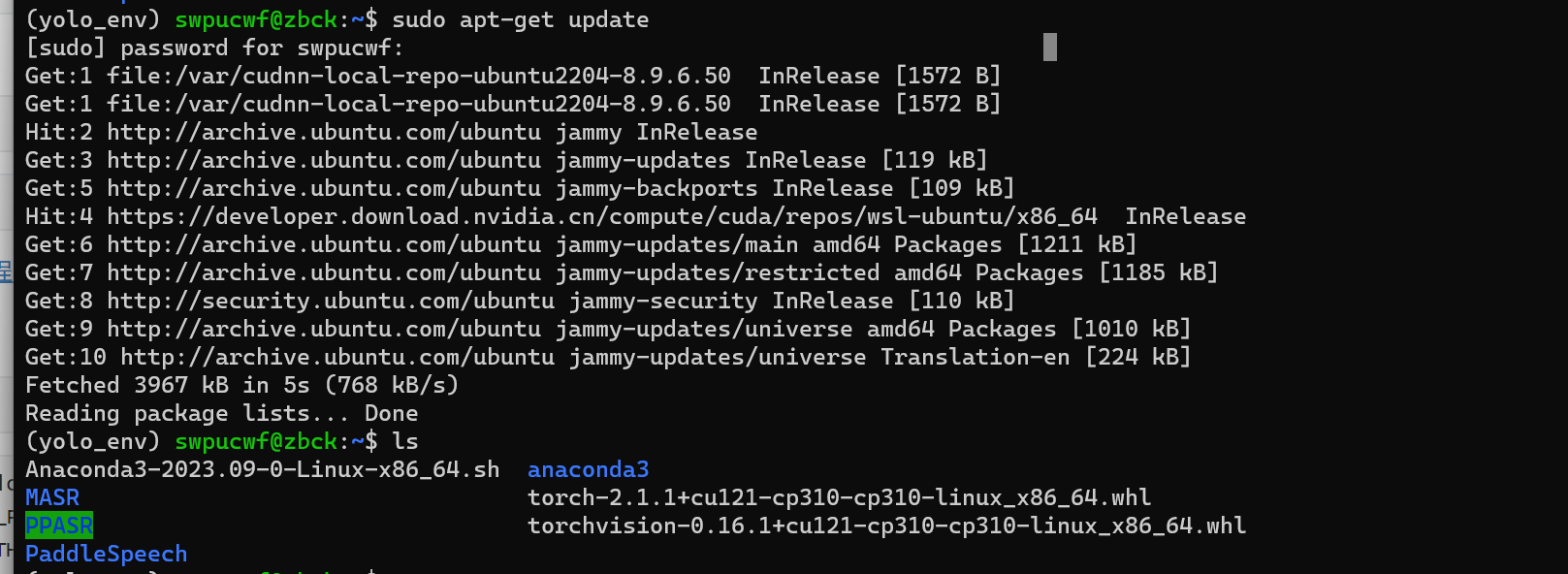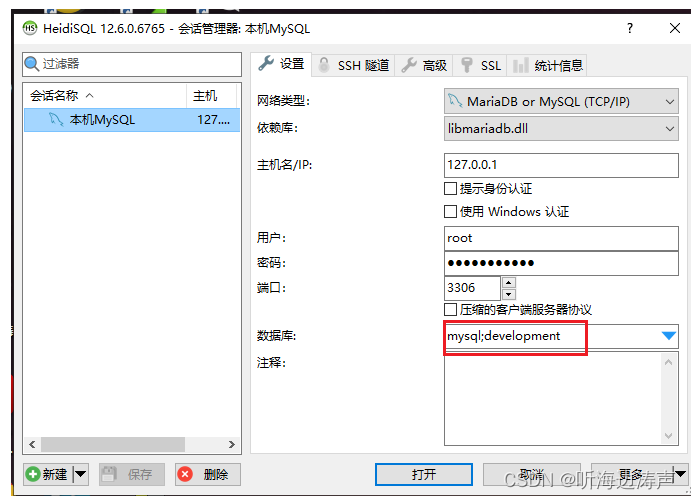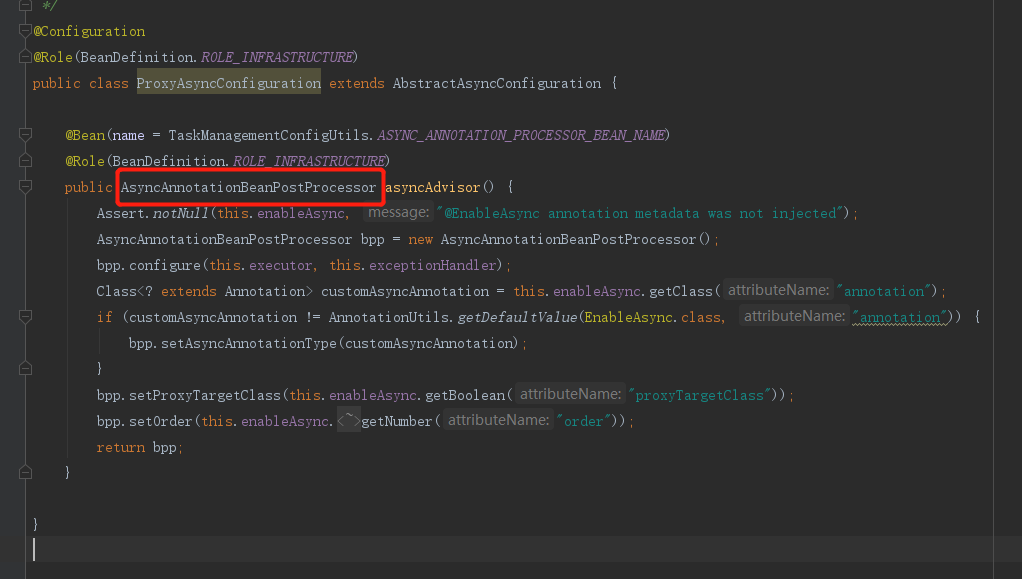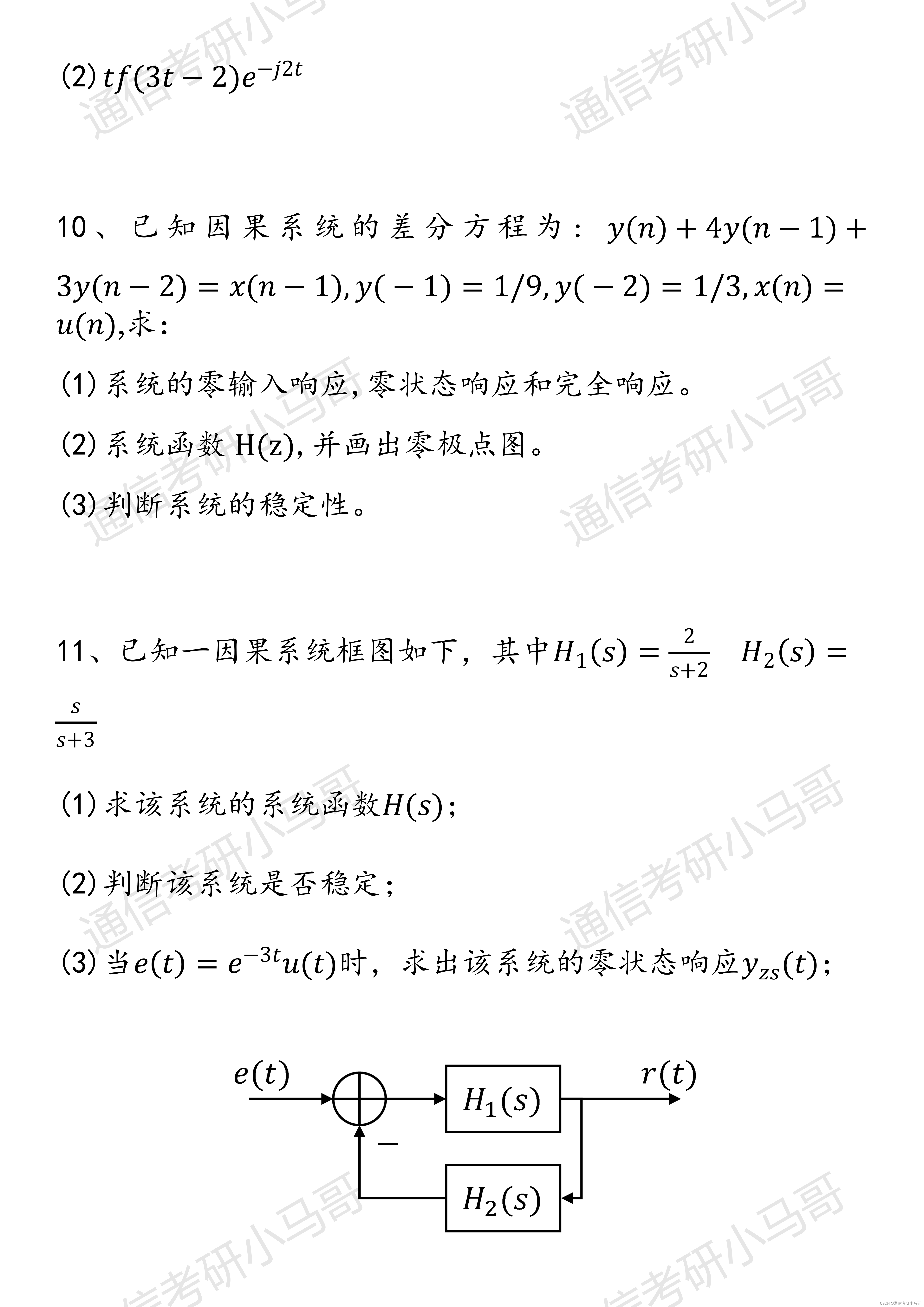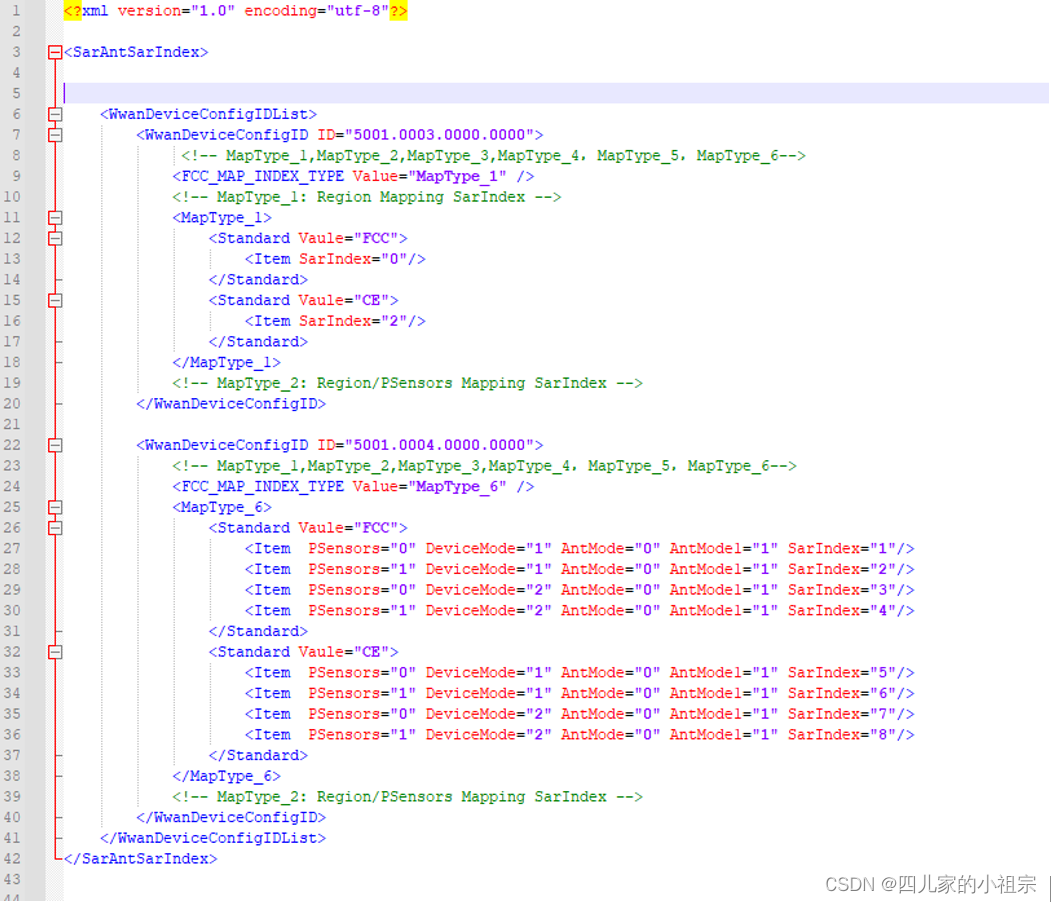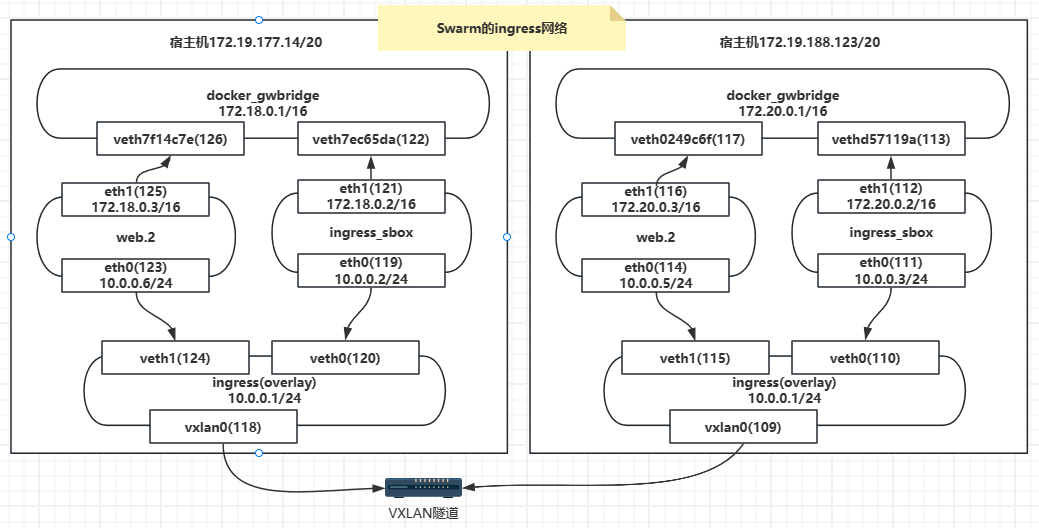
文章目录
具体实现如下:
#include <stdio.h>
#include <stdlib.h>
#include <string.h>
void print_help(char *argv[]) {
printf("Usage: %s [options]\n", argv[0]);
printf("Options:\n");
printf(" -h, --help Print this help message\n");
printf(" -v, --version Print version information\n");
printf(" -a, --arg Argument option\n");
printf(" -b, --flag Flag option\n");
}
int main(int argc, char *argv[]) {
int opt;
int arg_count = 0;
int flag_count = 0;
while ((opt = getopt(argc, argv, "havb:")) != -1) {
switch (opt) {
case 'h':
case '--help':
print_help(argv);
exit(EXIT_SUCCESS);
case 'v':
case '--version':
printf("Version: %s\n", VERSION);
exit(EXIT_SUCCESS);
case 'a':
case '--arg':
arg_count++;
printf("Argument option %d: %s\n", arg_count, optarg);
break;
case 'b':
case '--flag':
flag_count++;
printf("Flag option %d: %s\n", flag_count, optarg);
break;
default:
printf("Error: Invalid option %c\n", opt);
print_help(argv);
exit(EXIT_FAILURE);
}
}
return 0;
}
在这个示例中,我们使用了 getopt() 函数来解析命令行参数。我们定义了四个选项:-h/–help、-v/–version、-a/–arg 和 -b/–flag。当用户输入 -h 或 --help 时,程序会打印出帮助信息并退出。当用户输入 -v 或 --version 时,程序会打印出版本信息并退出。当用户输入 -a 或 --arg 时,程序会将其视为一个参数选项,并将其打印出来。当用户输入 -b 或 --flag 时,程序会将其视为一个标志选项,并将其打印出来。如果用户输入了无效的选项,程序会打印出错误信息并退出。

